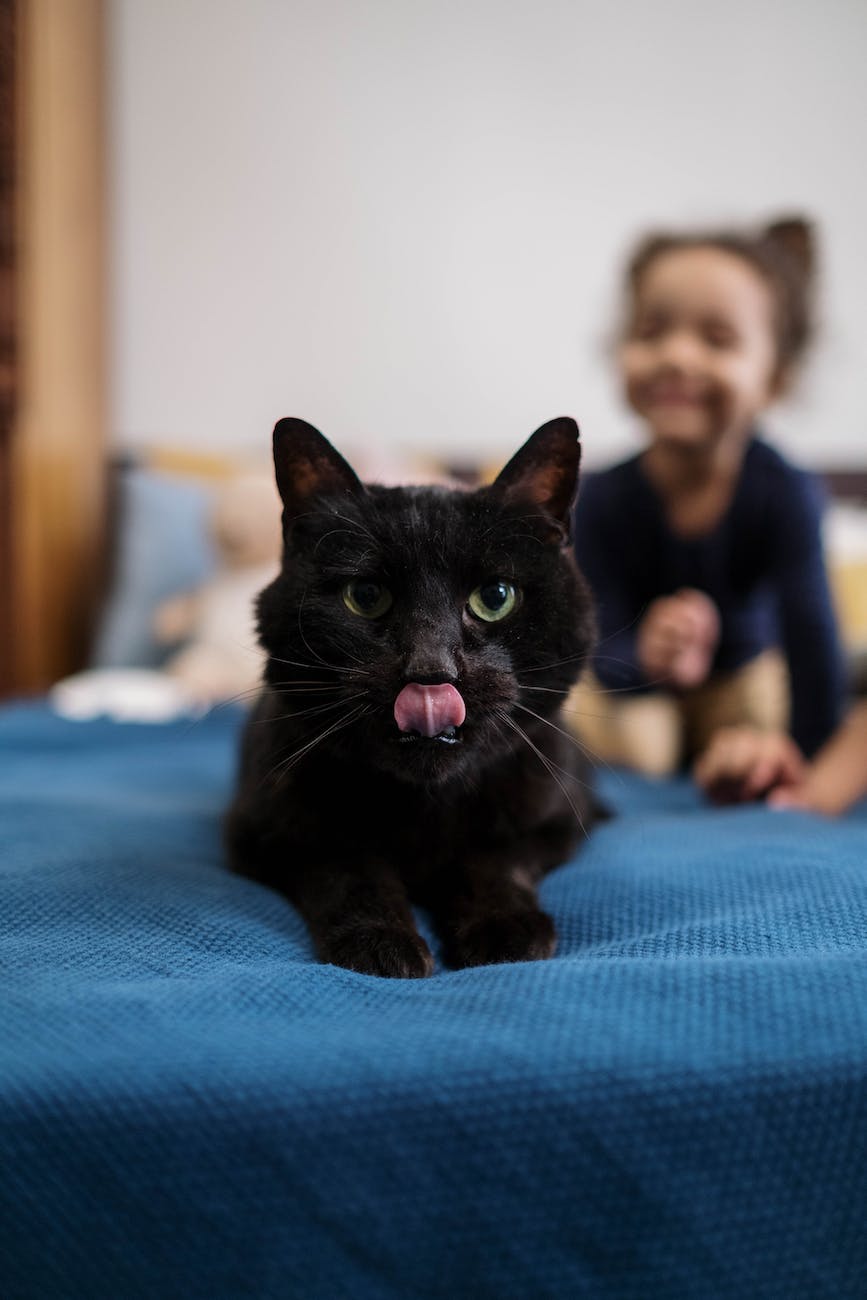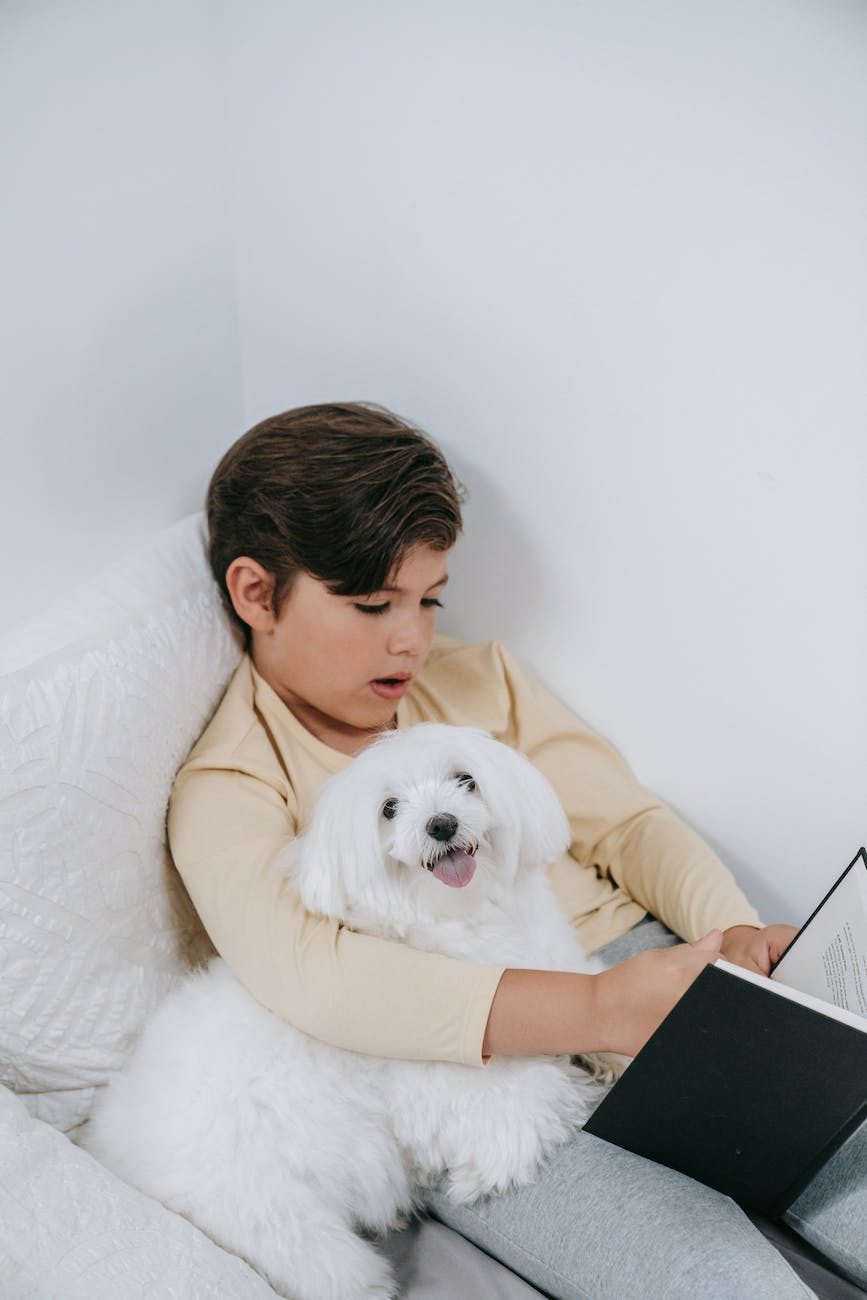In a list of things that seem made for each other, kids and animals are definitely up there. Few things are more heartwarming than seeing a child express wonder, curiosity, and affection for an animal and, on occasion, seeing that same animal reciprocate a child’s feelings.
But while media like movies, TV shows, and internet videos make it seem like children and animals naturally get along without a hitch, it isn’t always that way in real life. Though they often mean well, kids may not initially know how much attention they should pay to an animal or how much force they should exert when handling them. Some kids also have a harder time picking up cues from animals, like the latter’s body language when they’re stressed or afraid.
As a parent or other authority figure who’s more well-versed in these things, it’s in your best interest to teach kids how to interact with animals and to model good behavior in front of them. On top of strengthening future relationships that the child will have with animals—especially new pets like cats or dogs—good etiquette will also keep them safe from dangerous situations like getting bitten or scratched.
If it’s your first time introducing a young child to an animal, here are five tips that will ensure that their interactions go smoothly:
Set Their Expectations for Handling Different Kinds of Animals
First, before the child is due to interact with a new animal, it’s best to set their expectations for what the encounter will be like. Sometimes that depends on the kind of animal they’ll be seeing. For example, while they can expect to run around and give frequent pets to dogs, they may not be able to do so with cats or rabbits who are typically more reserved and fragile.
Early on in their lives, it’s good for kids to learn about the different physical characteristics and temperaments that different animals have which, in turn, dictate the right way to handle them. Indulge their natural curiosity and teach them how to adjust their approach when interacting with different animals.

Brief Them about How to Use Pet Equipment and Training Gear
If you plan to welcome a new pet into the family, it’s also important to teach your kids how to properly use pet equipment and training gear like dog collars, leashes, or harnesses. They should know not to drag or pull too tightly on a dog’s collar or leash, for example, so that the dog doesn’t get hurt.
Owning a pet will be a family responsibility, and the earlier a child learns to safely interact with a pet using their pet equipment and training gear, the easier it will be to fall into a healthy and happy routine.
Oversee Gradual Introductions between Kids and Pets
Just like how it is with humans, some animals need a little time to warm up and get to know the people around them. If you’ll be bringing a new animal home or visiting the home of a pet owner, let your kid know that it may take some time for the animal to get comfortable around them.
Don’t rush the introduction, and put a little distance between the child and the animal if necessary. To your child, emphasize the importance of giving an animal space and letting it come of its own free will.
Teach Kids about Pets’ Sounds and Body Language
It can be easy for a child to get swept up about how cool or cute a new animal is. In some situations, however, their enthusiasm may distract them from important cues the animal may be giving off through its sounds or its body language.
Before they’re due to interact with an animal, teach the child about basic cues to watch out for. Let them know what it means when a dog growls or looks away, or when a cat hisses and arches its back. In situations like these, tell them that the animal’s reaction to them is not their fault and that it may simply be expressing caution around strangers and following its natural instinct to protect itself. Discourage the child from forcing an interaction and tell them to only try again when the animal seems more receptive.

Praise Kids for Being Responsible and Gentle
A child in your care may be looking for validation about whether they’re doing the right thing. Knowing that, make the effort to praise them and affirm the things they’re getting right, like handling an animal gently, giving the animal enough space, and checking their collar isn’t too tight.
Your validation will help a child understand the right way to treat an animal—and once they know this, it won’t be long before being careful, gentle, and responsible is like second nature to them.
Once more, as the adult in the room, your duty is to be a good role model, mediator, and supervisor to the children and animals in your care. Set the tone for how kids and animals should interact with each other, and enjoy the experience as they gain one another’s trust and affection.
